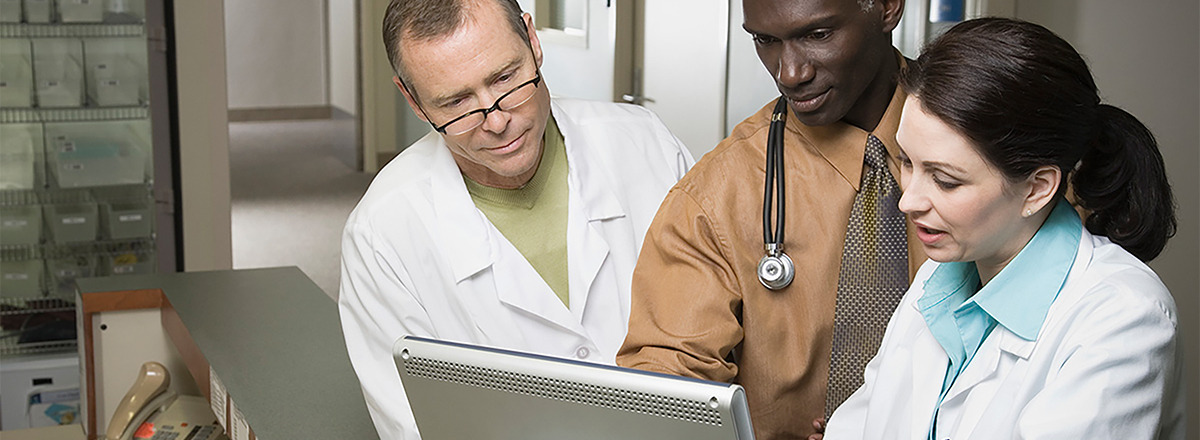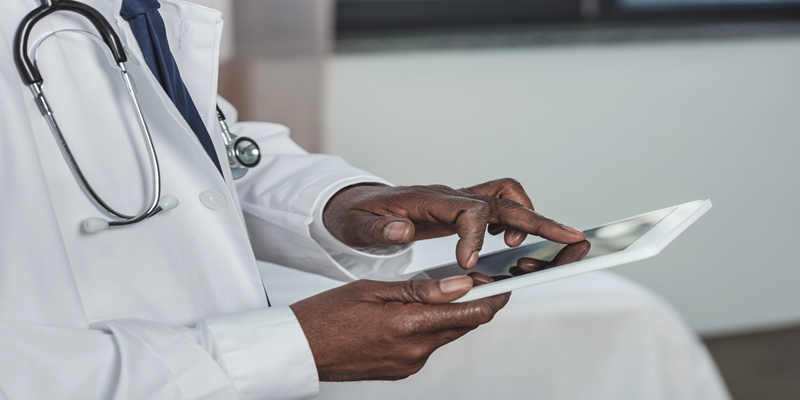
So You Worked In a Lab. Now You Work at Home. Just How Do You Make That Work?
For the office professional, working from home tends to be a fairly straightforward prospect. If your work was done primarily with computers, it’s not often a huge leap to do the same at home.
But what if you’re working in the hands-on environment of a hardware or hard science laboratory? It gets trickier, but it’s still doable, say two experts from Xerox PARC.
Sean Garner, Vice President and Director of the Hardware Systems Laboratory, and Ross Bringans, Vice President and Director of the Electronic Materials and Devices Laboratory, are both experienced scientists and team leaders. They say for the engineers, physicists and materials scientists they work with – and others based in a lab – the transition to a home-based work space is possible with some adjustments.
Maintain focus on your research.
Don’t assume progress will grind to a crashing halt. Although engineers and scientists won’t be able to experiment in the lab, they’ll still have access to the components of their projects that are software-based so momentum won’t necessarily have to slow.
“People can and should still spend their time on the projects they’ve been working on as their first priority,” said Bringans. “Data analysis, interpretation, planning new experiments, writing proposals – those are all activities that we do with regularity and they can be done at home.”
Acquire a new and useful skill.
Regardless of the industry, there are always nice-to-haves on every professional’s to-do list that get bumped for the must-haves. This may be the perfect opportunity for those always-punted tasks – like learning a new software tool – to vault to the front of the line.
“Lab scientists often find it helpful to use modelling software but the learning curve is quite steep,” said Garner. “For a lot of us, this is one that falls in the ‘I’ve been meaning to’ category. If your organisation can get the licenses around computational physics or design packages, this is a great time to make that a priority.”
Catch up on reading and writing.
Bringans agrees there’s a whole category of tasks that scientists and engineers agree are important – but that also fall by the wayside in favour of more pressing responsibilities.
“Reading scientific literature is another way to meaningfully occupy your time,” he noted. Getting up to speed on recent papers makes it possible to see new developments in the context of your own work, track who’s making progress, spark ideas for collaboration, and potentially generate new directions for your projects.
This is an opportunity for those in technical fields to turn results into submissions for relevant journals. “Publication isn’t required at the same level in industry as it is in academia but it’s still important to do if you’re not limited by competitive sensitivities,” said Garner. “It’s part of participating in the scientific community – and it’s also useful when you’re trying to build awareness around what you’re doing.”
Finally apply for those patents.
“Lab scientists naturally put off applying for patents because it’s time consuming and they’re focused elsewhere,” said Garner. “This is a chance to make some progress.”
There’s also every reason to take it on: intellectual property is the lifeblood of industry. It protects unique inventions and keeps companies competitive, giving them means to push back on encroachment by peers. Make a point of getting the wheels in motion.
Use downtime as a way to feed creativity.
The addition of time, however unexpected, can be something of a gift. Space in a usually packed day means room to imagine and ask, “What if?”
“This is the time for those back-of-the envelope calculations and literature research,” said Garner. “I’m hoping people will be quite inventive, and chase down the ideas that have been in the back of their minds for awhile.”
“It’ll be a really interesting outcome if that happens.”
Bringans added, “Maybe we’ll all come out of this with some impactful new innovations.”

Xerox’s Ongoing Response to COVID-19
We want to share some of the actions we have taken to keep the entire Xerox community safe while minimising impact to our operations and yours amid this public emergency.
Related Articles

Create a more sustainable office
Discover how Xerox enables more responsible printing and sustainability strategies for businesses. Solutions, recycling, and more.

Cybersecurity Readiness Guide for Small and Medium Businesses
Discover how to stop hackers in their tracks. Protect your business from rising threats with Xerox's comprehensive guide. Learn essential steps to safeguard your organization, secure employee credentials, and prioritize critical data.

Healthcare Solutions for Xerox Workplace Cloud
Xerox® Workplace Solutions ensures secure MFP access and pull printing for healthcare, protecting patient data and ensuring compliance. Print securely from any device with single sign-on and event logging.

3 Essentials to Cybersecurity
Discover how Xerox technologies can help to secure your printer and data.

Training provider innovates the delivery of learning, making content more accessible.
CRC Formation training staff use Xerox® Workflow Central to offer students new ways to learn.

Cybersecurity Essentials
Learn how to protect your business from cybercrime. See how Xerox's guide can help improve your security with essential steps like testing passwords, examining firewalls, and analyzing employee behavior.





